Go to Market Means Explained: The Essential Guide 2025


The race to master go to market means success or stagnation as B2B SaaS and enterprise software markets shift in 2025. In today’s landscape, understanding what go to market means is more than a buzzword—it’s the difference between scaling revenue and getting left behind.
Did you know that 70% of new B2B products fail because their GTM strategies fall short? As next-gen technologies like Agentic AI transform how teams operate, the stakes have never been higher.
This guide will help you:
- Demystify go to market means for B2B SaaS and enterprise
- Unpack a practical, step-by-step GTM framework
- Explore how Agentic AI and automation drive results
- Align product, marketing, and sales for unified growth
- Spot the key GTM trends shaping 2025
Ready to future-proof your growth strategy? Dive in and discover how to win the GTM game in the year ahead.
What Does “Go to Market” Mean? Core Concepts and Definitions
What does go to market means for B2B SaaS and enterprise software companies? At its core, it’s the blueprint for how a product reaches the right customers, through the right channels, at the right time. Unlike a simple product launch, a GTM strategy is an ongoing, cross-functional approach that connects product, marketing, and sales to drive scalable growth.
The go to market means framework includes:
- Market segmentation: Identifying ideal customer profiles (ICPs) and target markets.
- Value proposition: Crafting compelling messaging that addresses specific pain points.
- Sales channels: Choosing between direct sales, partners, or digital marketplaces.
- Customer journey mapping: Designing every touchpoint from awareness to retention.
Consider this: 70% of new B2B products fail due to weak GTM strategies, according to Harvard Business Review. For SaaS startups, a nimble GTM might focus on product-led growth, while enterprises often require complex sales motions and strategic partnerships. For real-world context, explore these Go-to-market strategy examples that highlight different approaches.
It’s a common myth that GTM is just about marketing or sales. In reality, go to market means aligning teams under one vision to accelerate product-market fit, revenue, and long-term customer value. The most successful companies treat GTM as a unified, data-driven framework that evolves with the market.
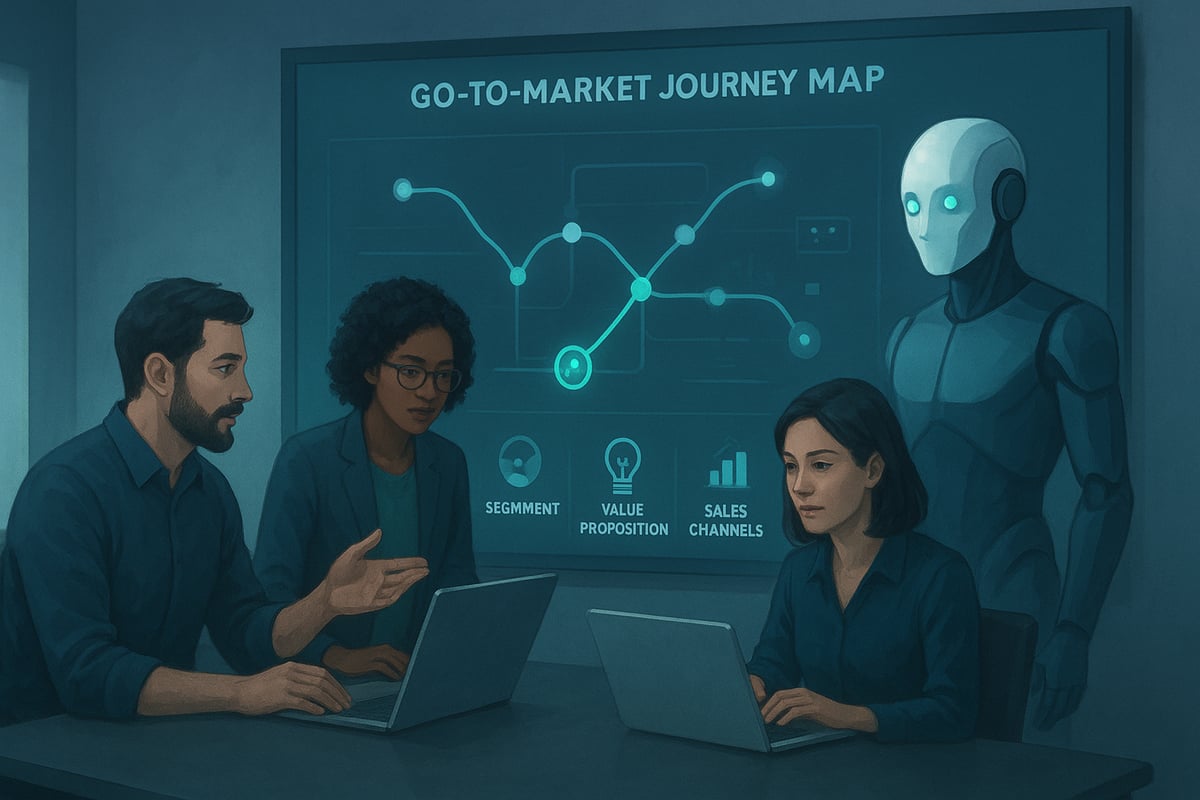
The Essential Go-to-Market Framework: Steps for 2025
Mastering what go to market means in 2025 requires a clear, actionable framework. Companies that succeed use a step-by-step GTM approach, blending data, technology, and cross-team alignment. Let’s break down the five critical steps that drive scalable B2B SaaS and enterprise software growth.

Step 1: Market and Customer Intelligence
Every winning GTM starts with sharp market intelligence. Teams analyze TAM (Total Addressable Market), SAM (Serviceable Available Market), and SOM (Serviceable Obtainable Market) to size up opportunity. AI-driven research tools uncover trends and competitor moves in real time.
For example, a SaaS startup might use AI to segment enterprise buyers versus SMBs, surfacing unique pain points for each. Continuous market sensing keeps your strategy agile and relevant.
- TAM/SAM/SOM analysis for precision
- AI tools for rapid data collection
- ICP (Ideal Customer Profile) refinement based on live feedback
Step 2: Value Proposition and Positioning
Next, clarify your value proposition for each segment. Use competitive analysis and positioning matrices to map where you win. For instance, an AI-powered automation platform could highlight faster onboarding or deeper analytics.
A clear, outcome-driven message ensures prospects instantly “get” what go to market means for your brand. Positioning is not a one-time task, but an ongoing process as markets evolve.
- Tailored messaging per segment
- Positioning matrix to visualize strengths
- Storytelling to connect emotionally with buyers
Step 3: Channel and Route-to-Market Selection
Selecting the right channels can make or break your GTM. Evaluate options like direct sales, partnerships, cloud marketplaces, or product-led growth. Enterprise software leaders often combine digital and traditional channels for maximum reach.
For example, leveraging cloud marketplaces accelerates SaaS distribution, while partnerships open doors to new verticals. Be mindful of channel conflict and set clear rules of engagement.
- Direct, partner, and digital channel mix
- Marketplace strategies for SaaS
- Conflict mitigation plans
For a practical approach, see this Go-to-market plan template to guide your channel selection and execution.
Step 4: Revenue Operations and Enablement
Align product, marketing, and sales into a single growth engine. Revenue operations unify data, processes, and accountability. Build enablement playbooks and dashboards that empower teams to act fast.
Integrating CRM, marketing automation, and AI analytics brings visibility and precision to pipeline management. A SaaS company using AI for lead scoring and forecasting sees more accurate pipeline and higher conversion rates. This is where go to market means real revenue impact.
- Unified dashboards for transparency
- Sales enablement playbooks
- AI-driven analytics for pipeline accuracy
Step 5: Launch, Scale, and Optimize
Launch is just the beginning. Roll out in phases, setting KPIs tied to pipeline, ARR, and retention. Use A/B testing and Agentic AI to optimize every touchpoint, learning what resonates with real customers.
A B2B SaaS team running iterative GTM experiments can double conversion rates by quickly pivoting based on feedback. Continuous optimization is what separates leaders from laggards.
- Phased rollouts with feedback loops
- KPI tracking for ARR and retention
- AI-powered optimization to fuel growth
The Role of Agentic AI and Automation in Modern GTM
Agentic AI is rapidly redefining what go to market means for B2B SaaS and enterprise software teams. Imagine AI-powered agents that not only analyze data but also make autonomous decisions, orchestrating targeted campaigns and optimizing every customer touchpoint.

What Is Agentic AI in GTM?
Agentic AI refers to intelligent systems that act proactively, handling tasks like customer segmentation, lead scoring, and outreach without constant human input. For companies exploring what go to market means in 2025, this technology is a game changer.
- Agentic AI can identify high-value prospects in real time.
- It personalizes messages at scale, boosting engagement.
- AI agents automate demo scheduling, qualification, and follow-up.
In recent studies, AI-augmented GTM teams achieved 40% faster pipeline growth compared to those relying on manual processes.
How Agentic AI Transforms GTM Execution
Let’s look at real-world impact. A SaaS team might deploy Agentic AI to track buying signals, then automatically route leads to the right sales rep. Another uses AI to test messaging variations and optimize campaigns on the fly.
- Faster segmentation and outreach.
- Predictive lead scoring improves win rates.
- Automated follow-ups increase conversion.
Continuous learning lets Agentic AI adjust to shifting buyer behaviors, amplifying what go to market means for modern teams.
Navigating Risks and The Future of Agentic Automation
However, over-automation can risk losing the human touch or mishandling sensitive data. The best teams blend AI with human insight, following strict data privacy standards and regular audits. To avoid common pitfalls, see Why most GTM strategies fail for actionable guidance.
As Agentic AI evolves, expect it to become the backbone of what go to market means, empowering teams to move faster, personalize more deeply, and drive measurable growth.
Aligning Product, Marketing, and Sales for Unified Growth
Achieving unified growth in B2B SaaS starts with understanding what go to market means for your teams. When product, marketing, and sales move in lockstep, companies unlock scalable, repeatable revenue. Alignment ensures every function pursues the same customer profiles, speaks a consistent value language, and executes with shared intent. According to Forrester, SaaS firms with unified GTM see 25% higher ARR.
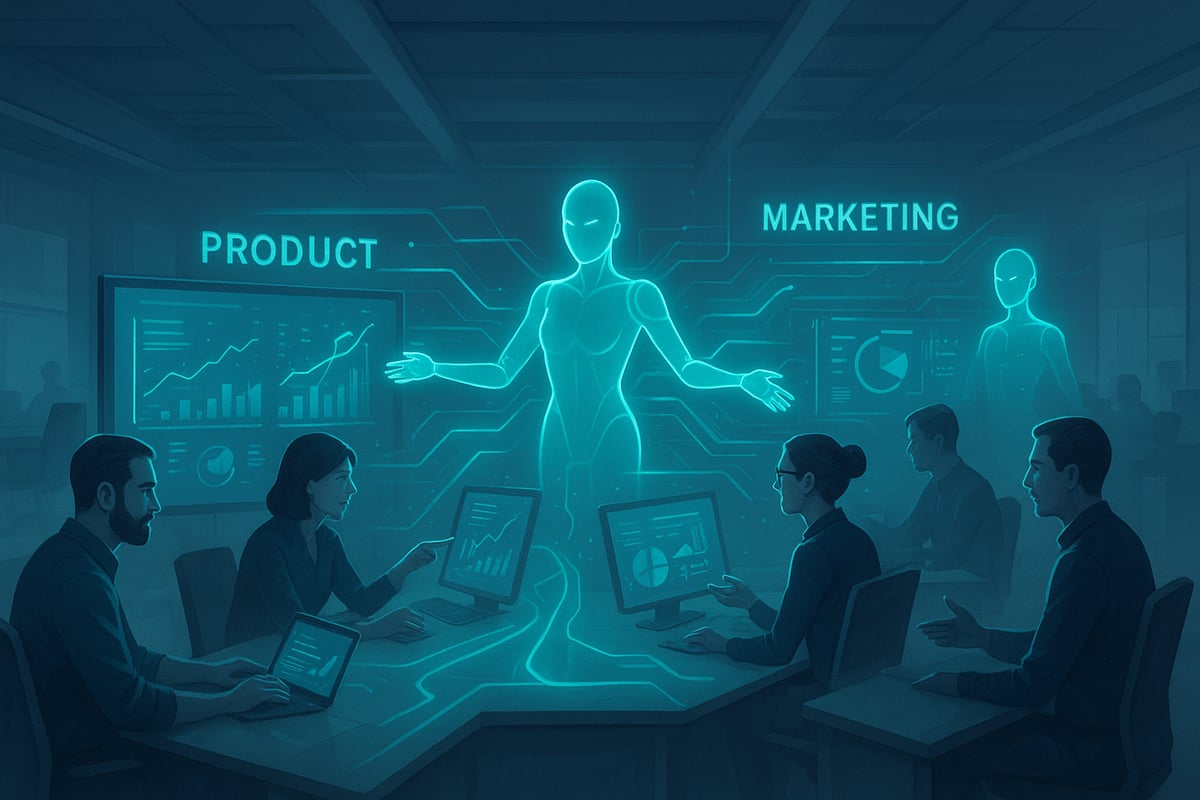
The Critical Role of Alignment in GTM Success
Why does alignment matter? Teams that truly grasp what go to market means can deliver value across the entire customer journey. This alignment reduces friction, accelerates pipeline velocity, and increases win rates. Agentic AI now empowers revenue teams to automate cross-functional workflows and unify data, making seamless collaboration not just possible, but measurable.
Frameworks and Tactics for Unified Execution
To break down silos, leading SaaS companies implement frameworks like OKRs and revenue teams. Shared KPIs and regular GTM reviews keep everyone accountable. Joint planning sessions foster transparency. As detailed in Go-to-market consulting insights, enablement tools and operational dashboards make performance visible across teams, driving continuous improvement and trust.
- Shared KPIs for all teams
- Joint GTM planning and review cycles
- Agentic AI-powered dashboards for real-time insights
Overcoming Challenges and Measuring Impact
Alignment is not without hurdles. Resistance to change and misaligned incentives can slow progress. Overcoming these challenges requires leadership buy-in and a focus on measurable outcomes. Unified teams see improvements in pipeline velocity, customer lifetime value, and market positioning. Ultimately, knowing what go to market means—beyond just sales or marketing—translates to sustainable business growth.
Key Go-to-Market Trends and Challenges for 2025
The B2B SaaS landscape is evolving at breakneck speed, and understanding what go to market means for 2025 is more crucial than ever. Buyers are demanding more, competition is fierce, and Agentic AI is rewriting the rules of engagement. Companies that fail to adapt risk being left behind.
Emerging GTM Trends to Watch:
- Agentic AI and Automation: Agentic AI is transforming how teams segment buyers, personalize outreach, and automate demo scheduling. As highlighted in Top Go-to-Market Trends Reshaping SaaS in 2025, AI-driven pricing, demand capture, and predictive analytics are becoming table stakes for SaaS go-to-market means.
- PLG and SLG Convergence: Product-led and sales-led motions are merging. Companies are blending self-serve models with high-touch sales, adapting their go to market means for hybrid buying journeys.
- Vertical SaaS and Localization: Tailoring GTM approaches for specific industries and geographies is gaining traction, especially as global expansion accelerates.
Challenges to Overcome:
- Market saturation and longer sales cycles are putting pressure on teams to innovate.
- Data privacy regulations are tightening, requiring new strategies for compliant outreach.
- 80% of B2B buyers now expect personalized, AI-powered experiences, raising the bar for what go to market means in SaaS.
To stay ahead, leaders are adopting agile GTM frameworks, investing in continuous learning, and evolving their tech stacks. Companies who master these shifts are seeing measurable wins in pipeline growth and ARR, while those who lag risk falling behind.
After diving into what go to market really means and seeing how a unified strategy can spark serious growth, you might be wondering what your next step should be. I get it—it’s a lot to take in, especially with new trends like Agentic AI and the push for tighter team alignment shaping how we all compete in 2025. If you’re ready to turn these insights into real results, let’s chat about your unique challenges and goals. I’ve seen founders and teams completely transform their revenue engines—now it’s your turn. Book Your Personal Intro Call and let’s start writing your GTM success story together.

Latest From
The Blog
Go To Market Strategy Consulting Guide For 2025 Success

Go To Market Strategy McKinsey Guide For Success 2025

Crossing the Enterprise Chasm: A Practical Guide to Sales-Led Growth (SLG)


Let's Build The Future Together




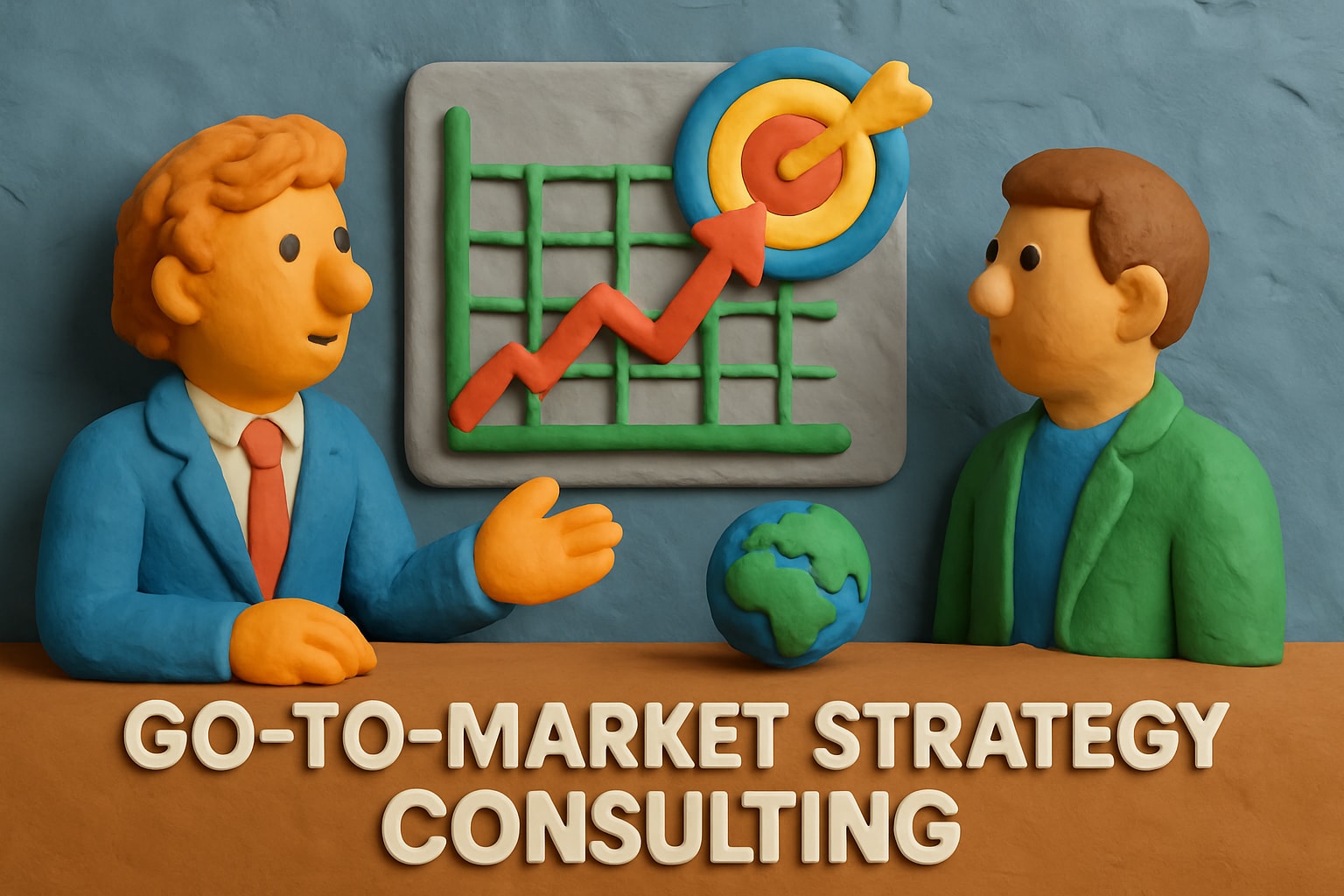
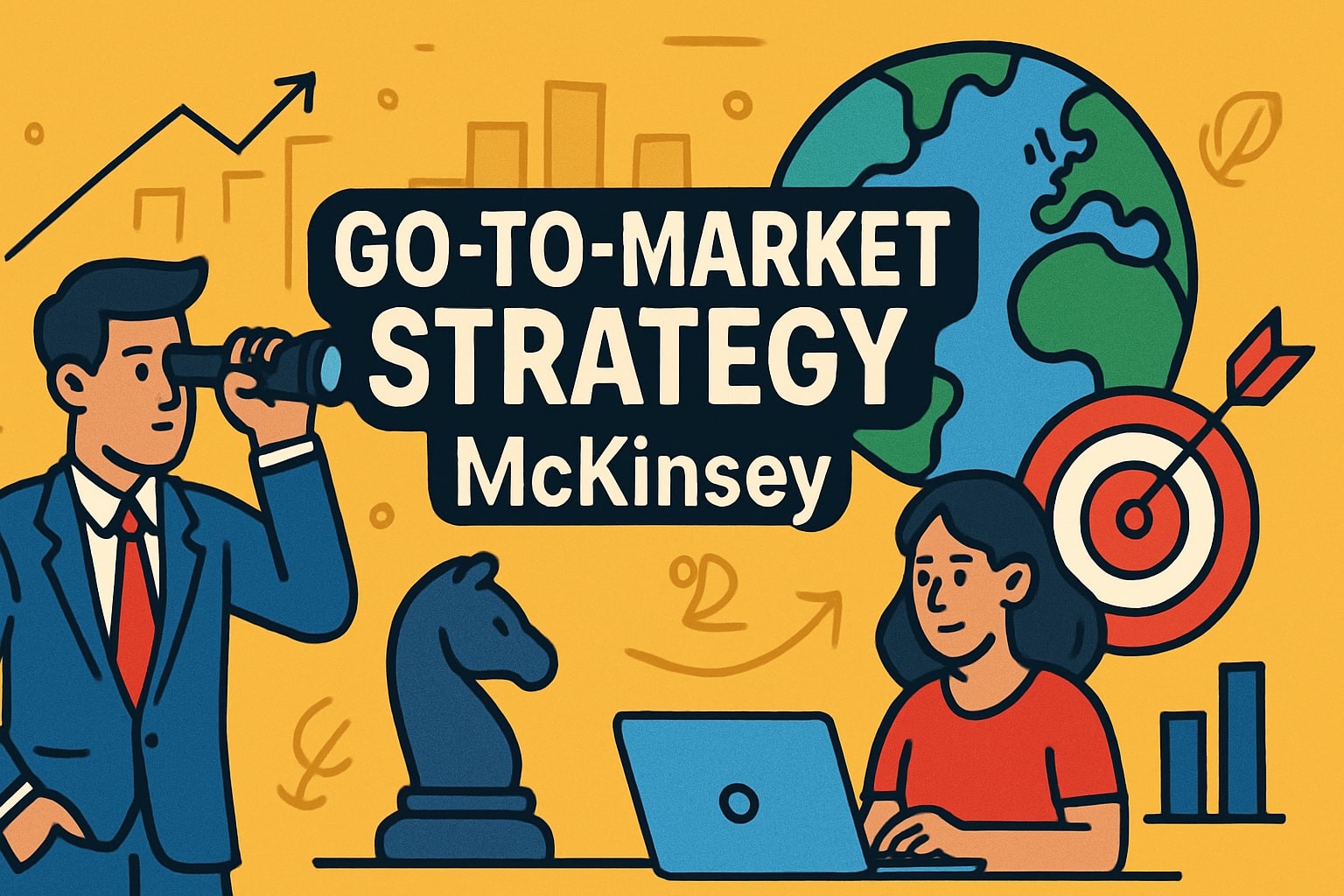
.jpg)